Schneider LC1D128E7 Contactor | TeSys D contactor – 4P(2 NO + 2 NC) – AC-1 – <= 440 V 25 A – 48 V AC coil
Original price was: EGP3,382.EGP1,826Current price is: EGP1,826.
In stock
Schneider LC1D128E7 Contactor
Description
Schneider LC1D128E7 Contactor: Your Ultimate Guide
In the realm of electrical engineering, the Schneider LC1D128E7 Contactor stands as a stalwart of reliability and efficiency. Designed to seamlessly integrate into various industrial and commercial applications, this contactor exemplifies Schneider Electric’s commitment to innovation and quality.
Understanding Contactor Basics
What is a contactor?
A contactor is an electrical device used to control the flow of electricity in a circuit. It consists of a set of contacts that open and close to allow or interrupt the flow of current.
Purpose and function of contactors
Contactors are primarily employed to switch electrical power circuits, controlling motors, lighting, heating, and other electrical loads.
Features of Schneider LC1D128E7 Contactor
Overview
The Schneider LC1D128E7 Contactor is a robust and reliable solution for medium to large power applications. With its compact design and high-performance capabilities, it offers unparalleled functionality in various industrial and commercial settings.
Key specifications
- Rated operational voltage: [Insert voltage]
- Rated operational current: [Insert current]
- Coil voltage: [Insert voltage range]
- Number of poles: [Insert number]
- Auxiliary contacts: [Insert details]
Applications
Industrial applications
From manufacturing plants to processing facilities, the Schneider LC1D128E7 Contactor finds extensive use in powering heavy-duty machinery and equipment.
Commercial applications
In commercial buildings and facilities, this contactor ensures efficient control of lighting systems, HVAC units, and other electrical loads.
Installation Guide for Schneider LC1D128E7 Contactor
Pre-installation considerations
Before installation, ensure that the power supply is disconnected and all safety precautions are observed.
Step-by-step installation process
- Mount the contactor securely on a suitable surface.
- Connect the control circuit wires to the appropriate terminals.
- Connect the power supply wires to the main terminals.
- Test the contactor to ensure proper functionality.
Maintenance and Troubleshooting Tips
Regular maintenance procedures
- Periodically inspect for signs of wear or damage.
- Clean contacts and terminals to ensure proper conductivity.
Common issues and troubleshooting methods
- Check for loose connections or faulty wiring.
- Verify coil voltage and contactor settings.
Advantages of Using
Efficiency and reliability
it is renowned for its superior performance and long-term reliability, minimizing downtime and maximizing productivity.
Cost-effectiveness
With its durable construction and energy-efficient design, this contactor offers significant cost savings over its lifespan.
Comparison with Other Contactor Models
Contrasting features and performance
Compared to other contactor models, the Schneider LC1D128E7 stands out for its advanced features, robust build quality, and seamless integration capabilities.
Customer Reviews and Testimonials
Real-world experiences with Schneider LC1D128E7
- “The Schneider LC1D128E7 Contactor has been a game-changer for our manufacturing facility. Its reliability and performance have exceeded our expectations.”
- “Installation was a breeze, and the contactor has been operating flawlessly ever since. Highly recommend!”
Conclusion
In conclusion, the Schneider LC1D128E7 Contactor represents the pinnacle of electrical engineering innovation. With its unmatched performance, reliability, and versatility, it serves as the ideal solution for a wide range of industrial and commercial applications.
Only logged in customers who have purchased this product may leave a review.

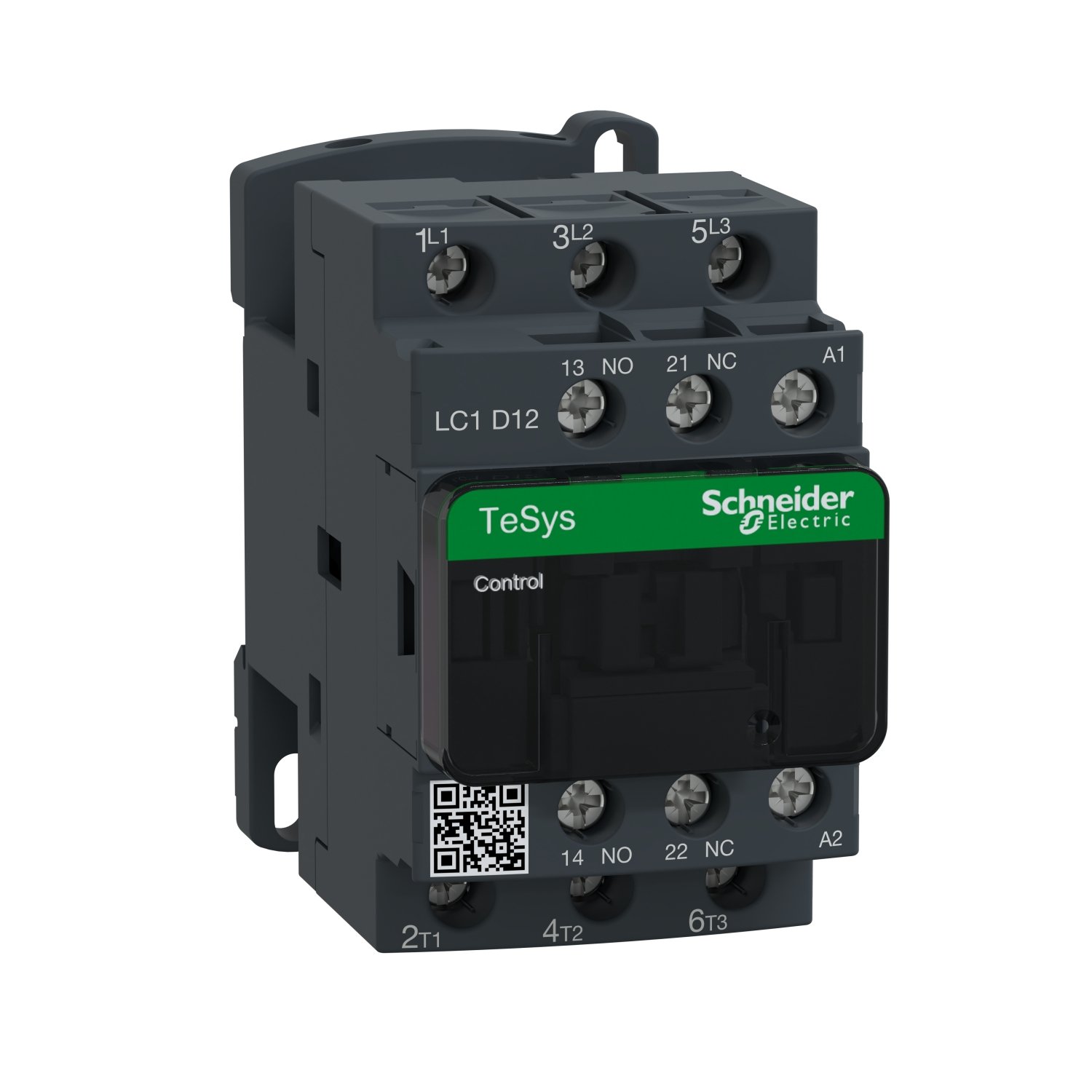

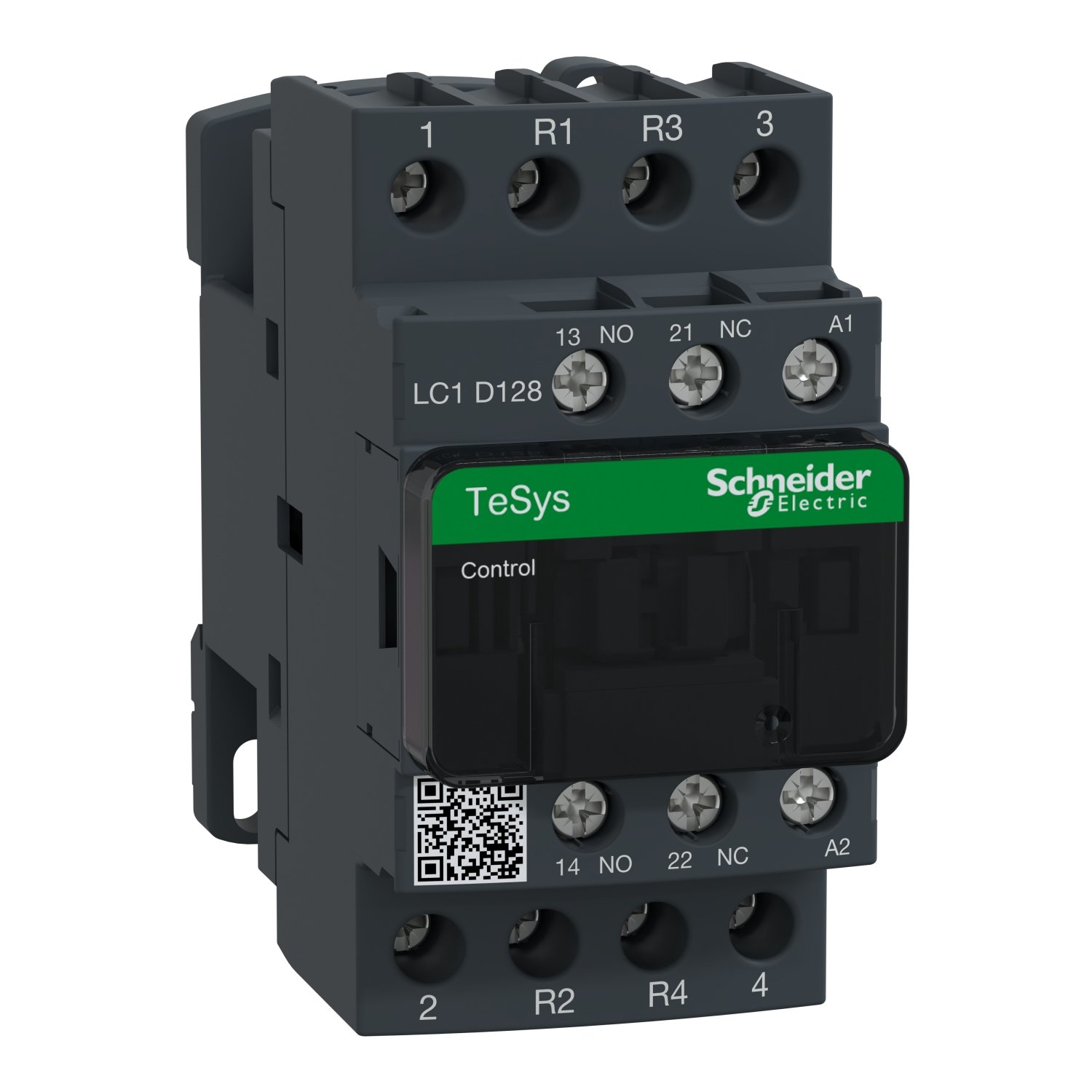
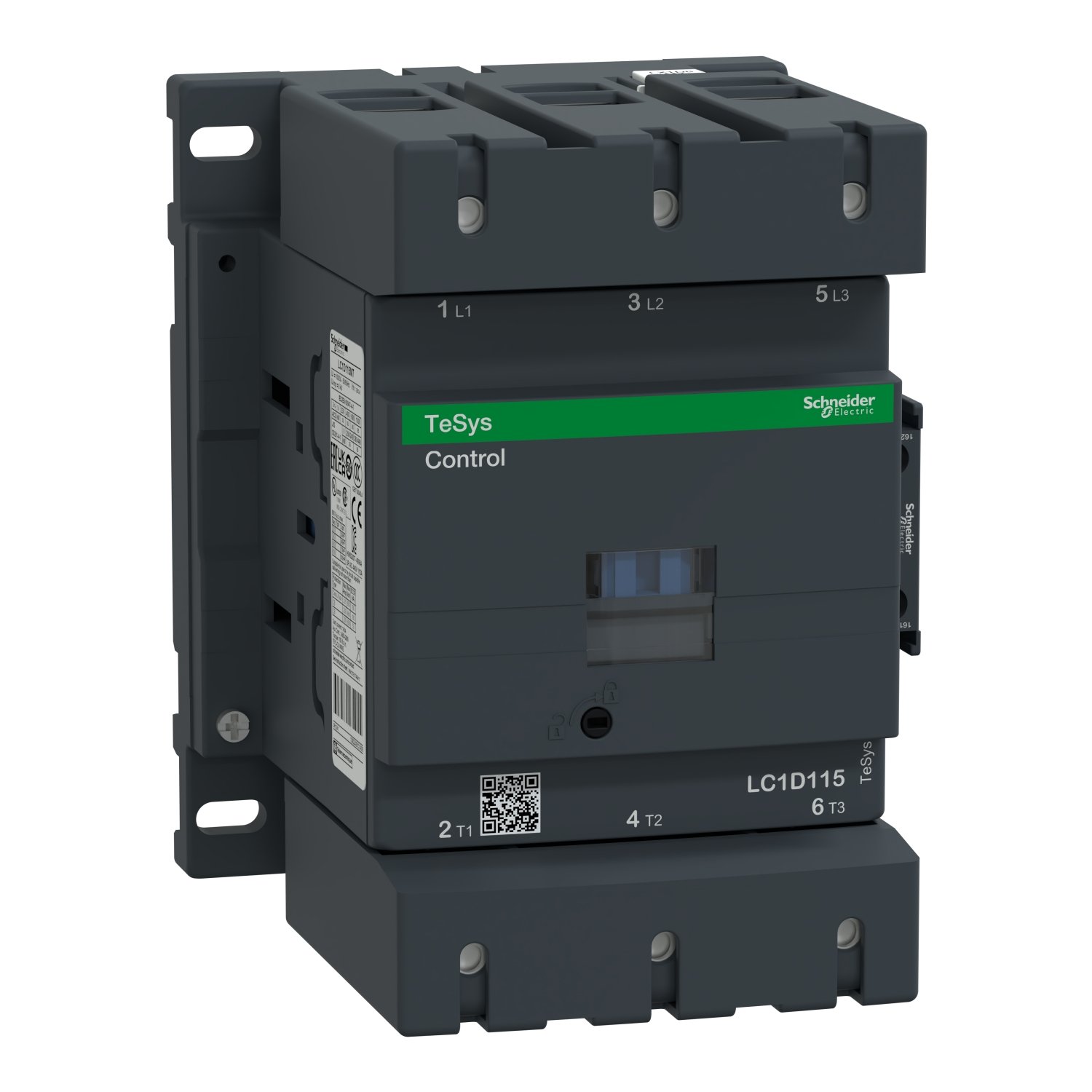
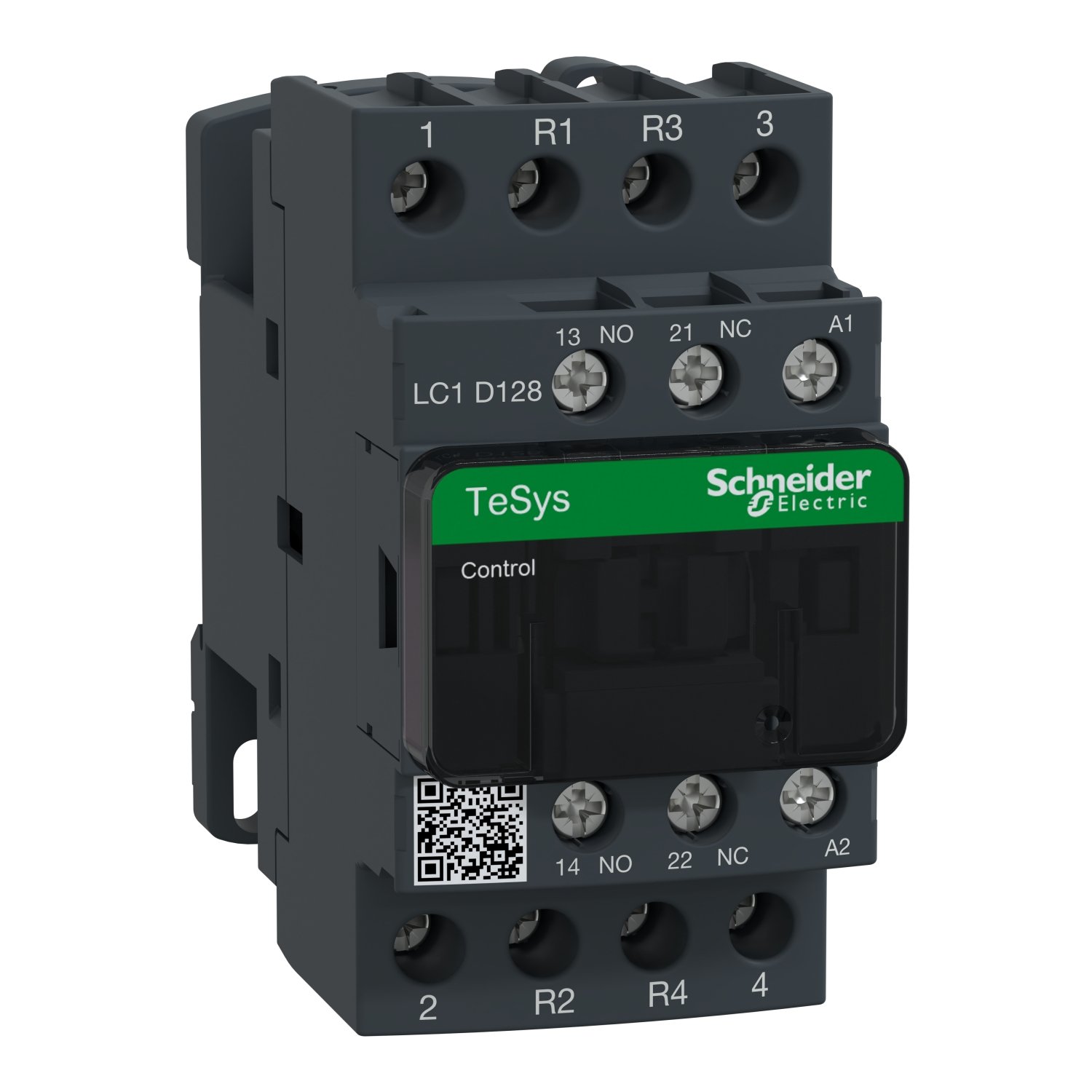
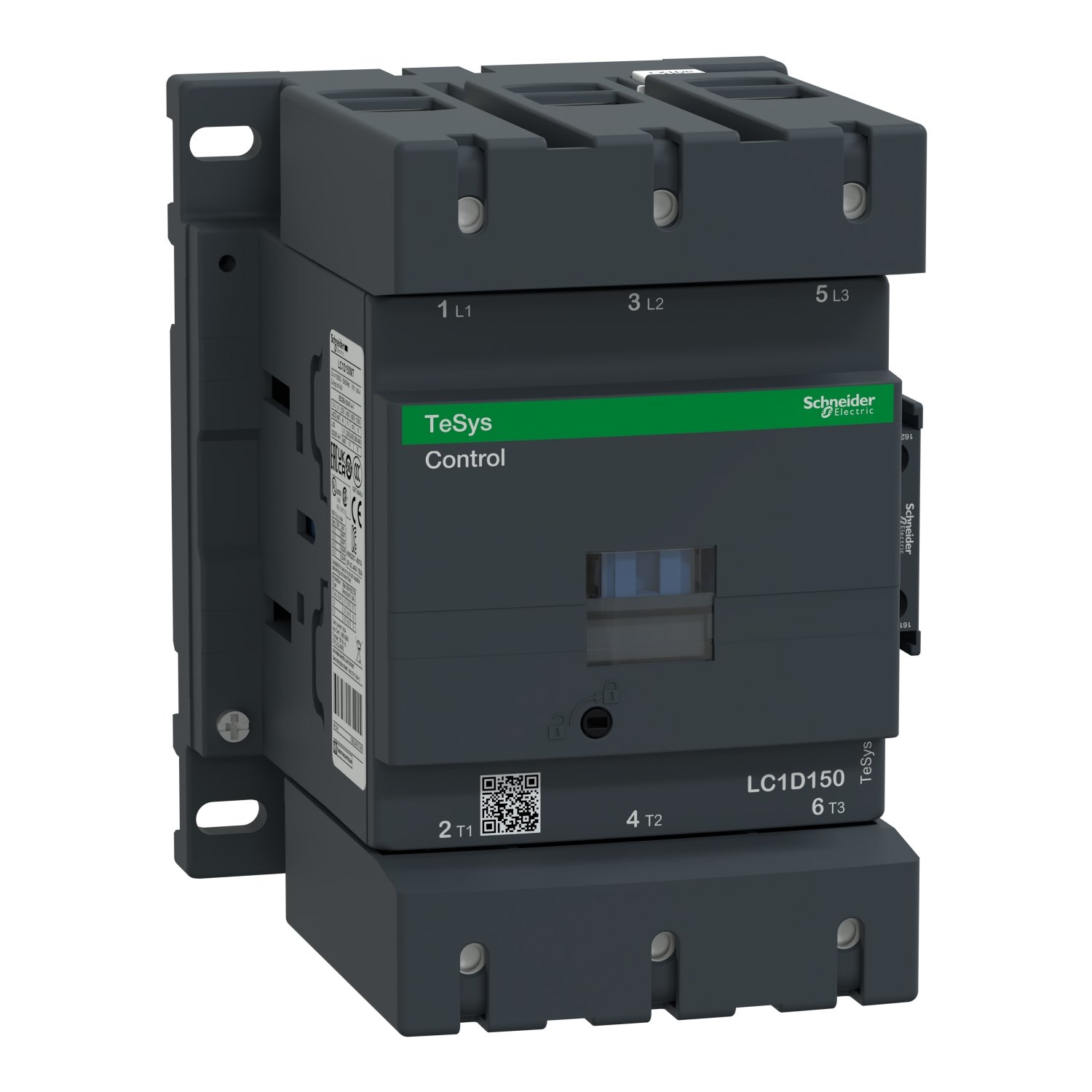
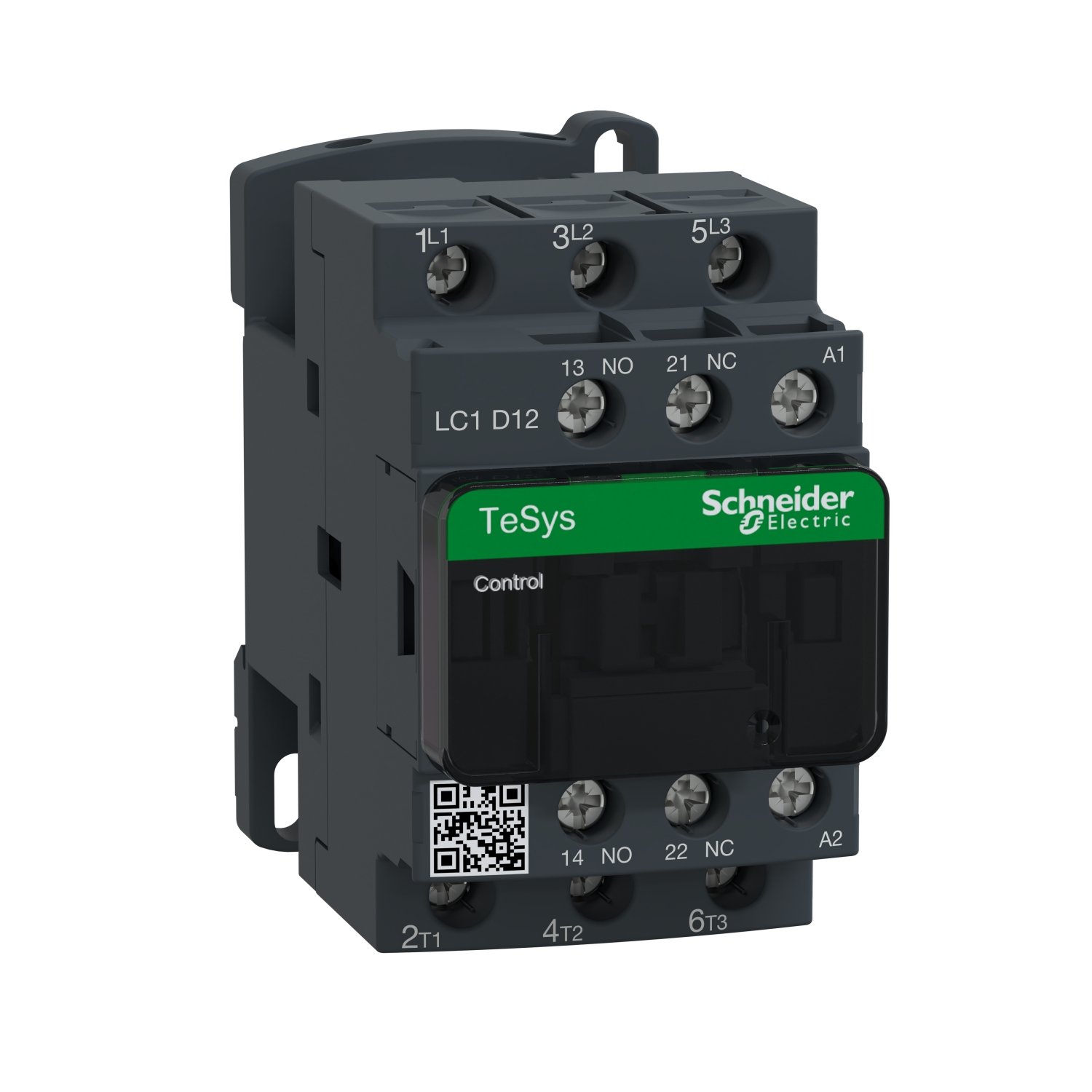
Reviews
There are no reviews yet.